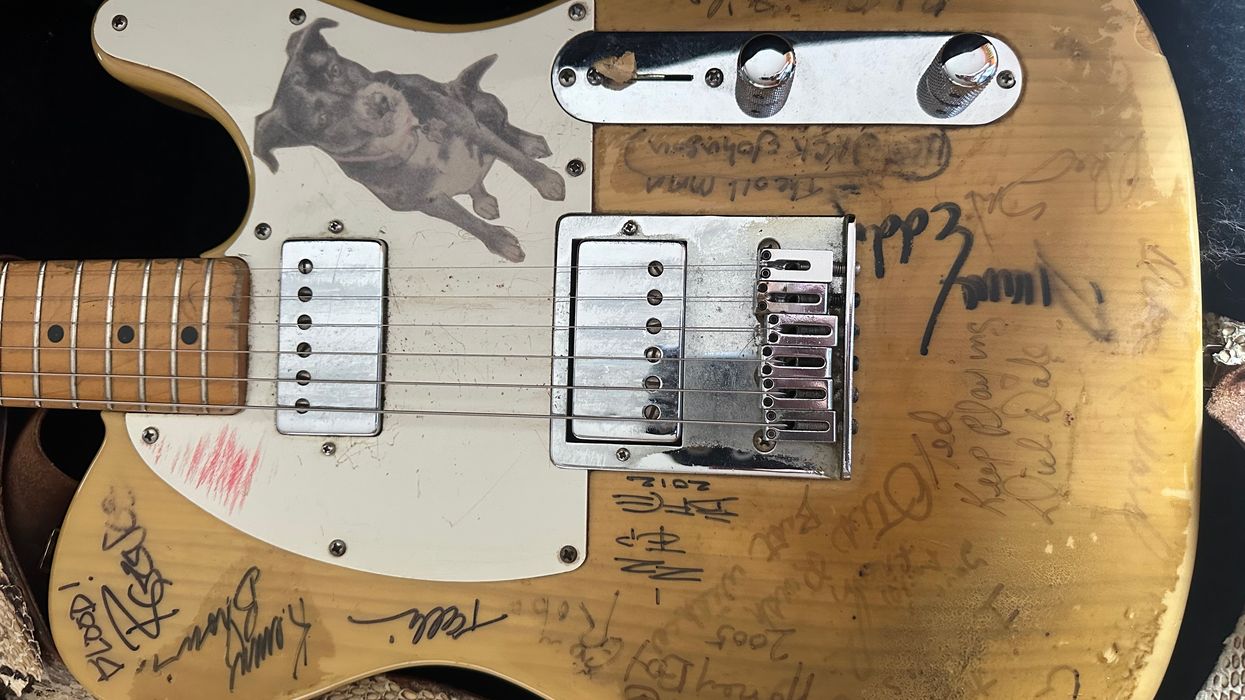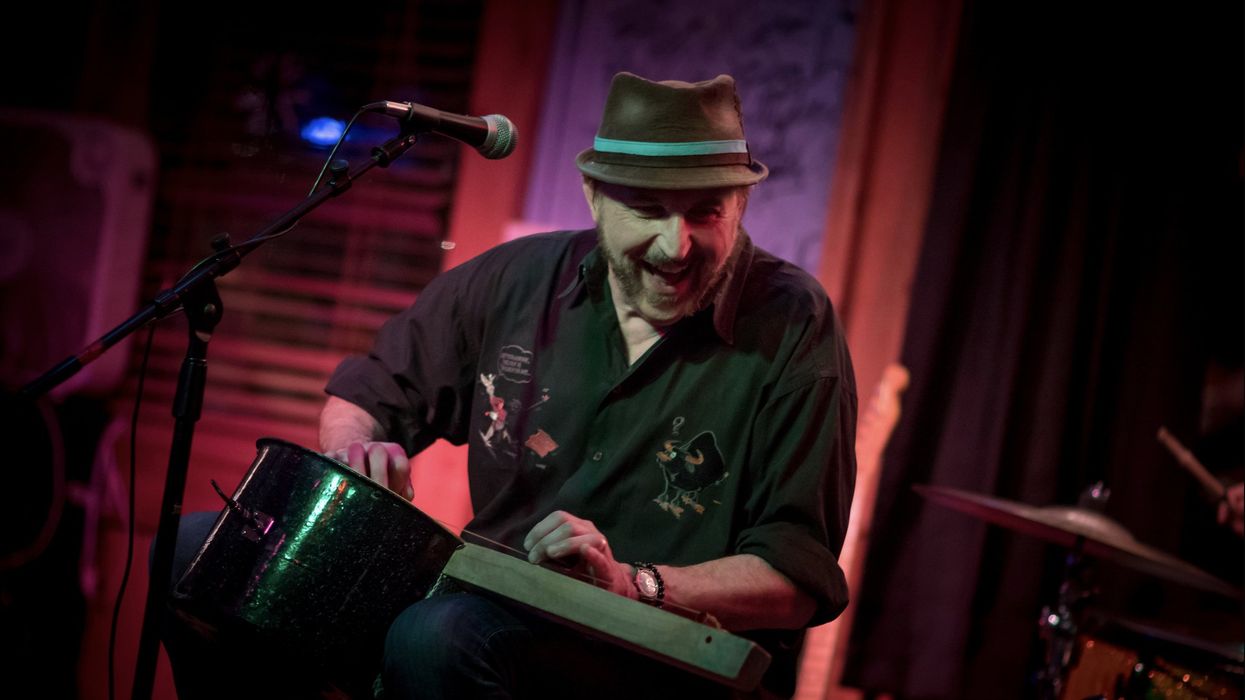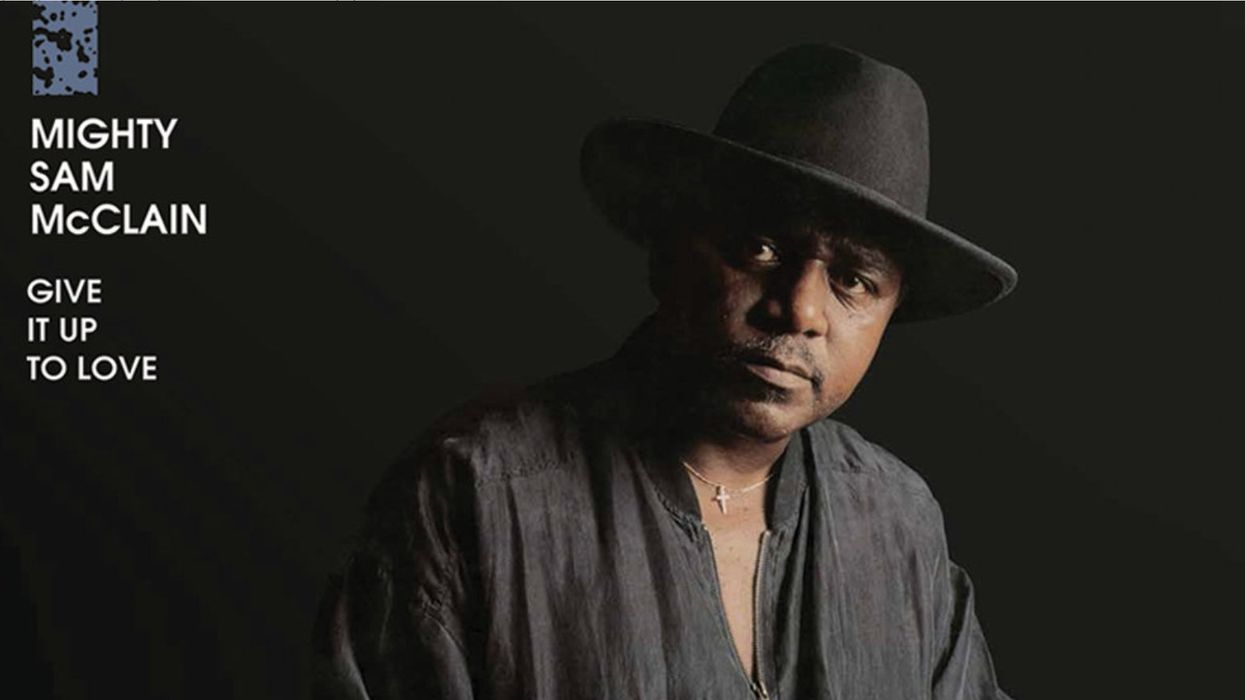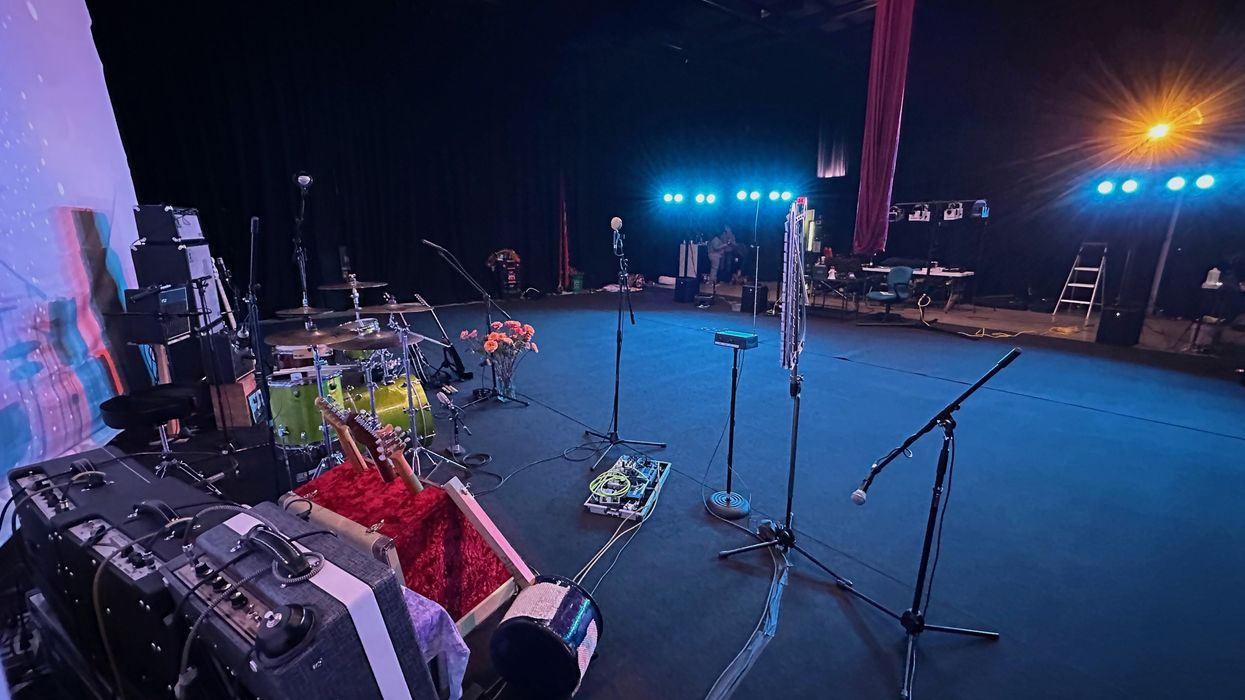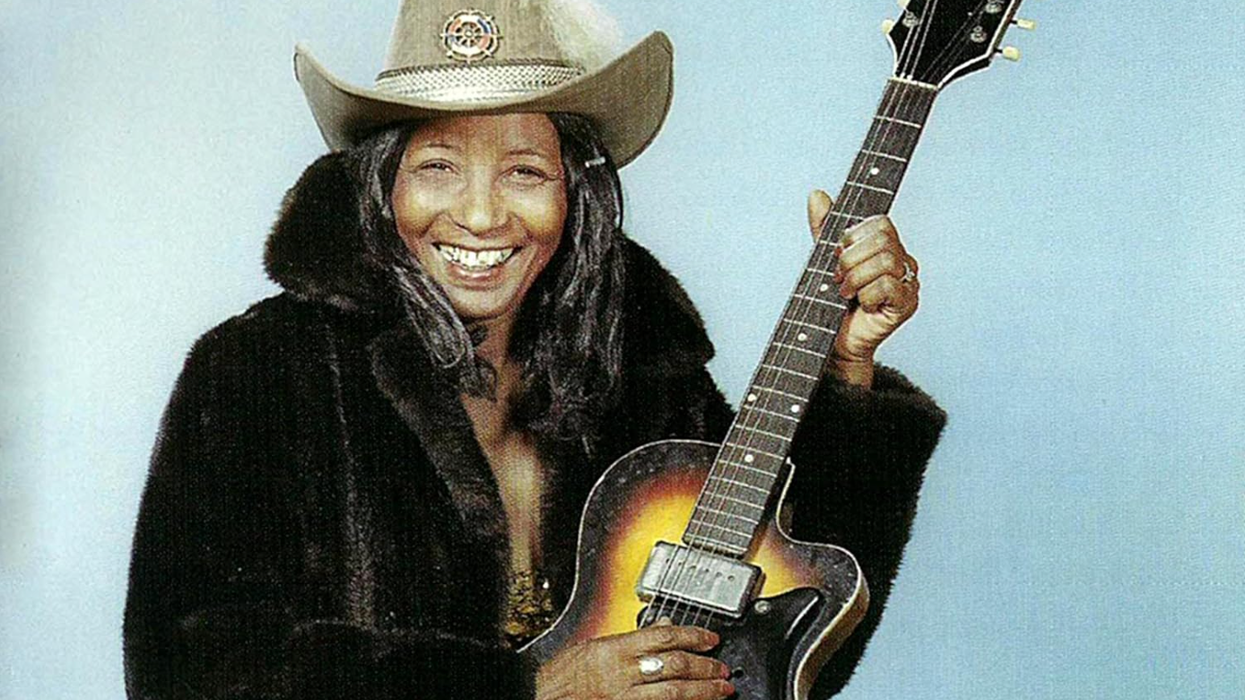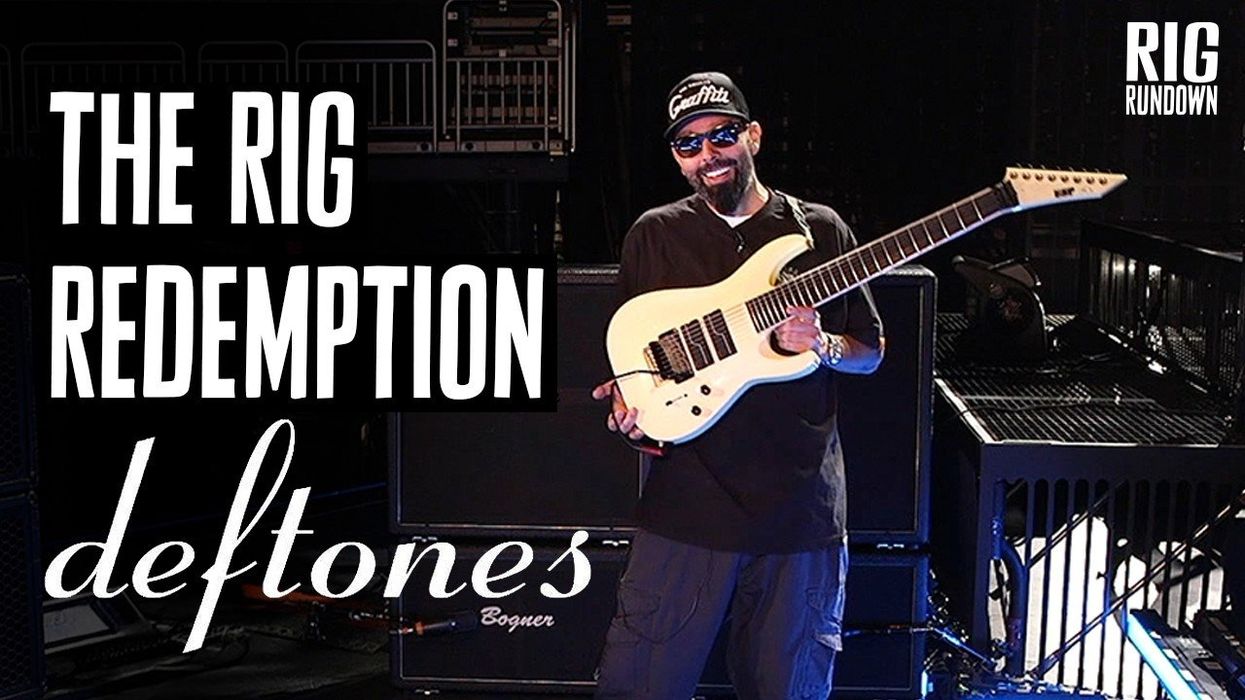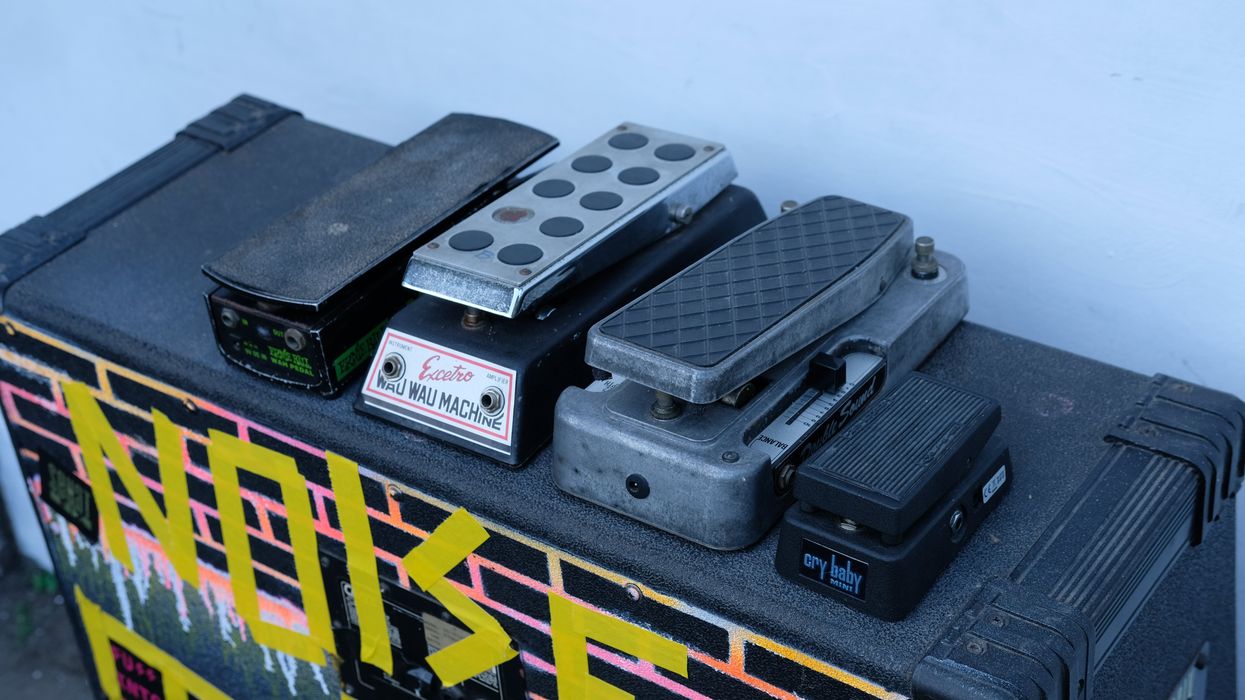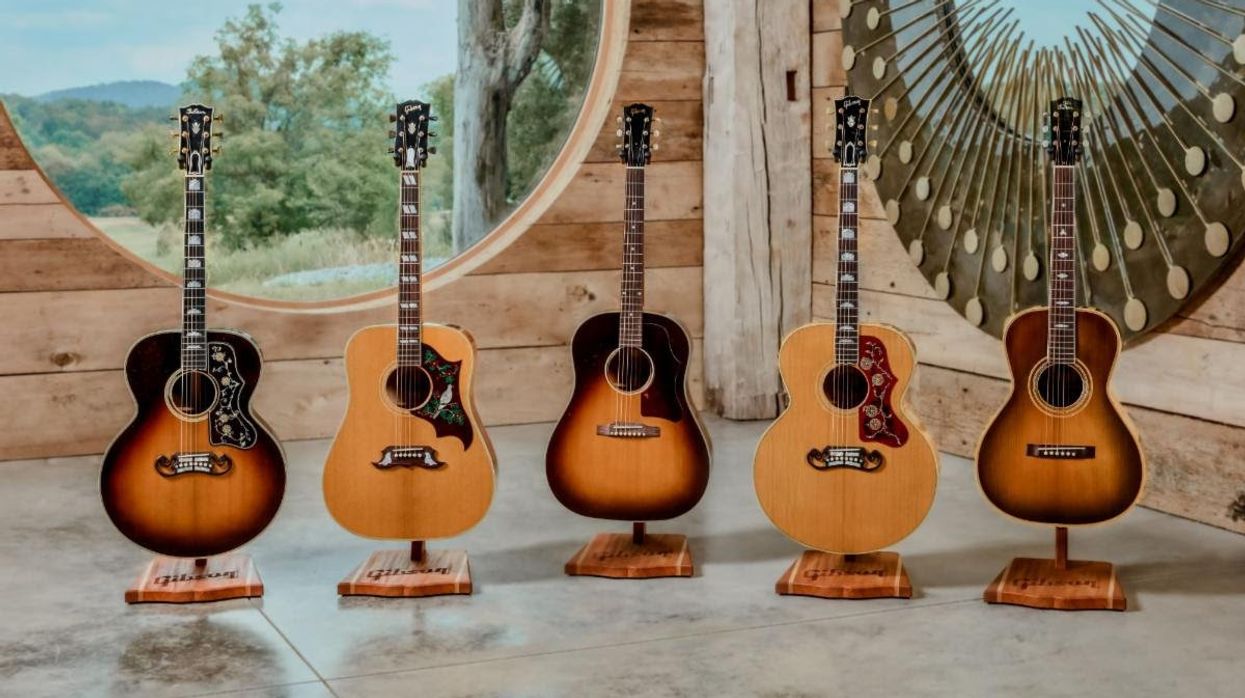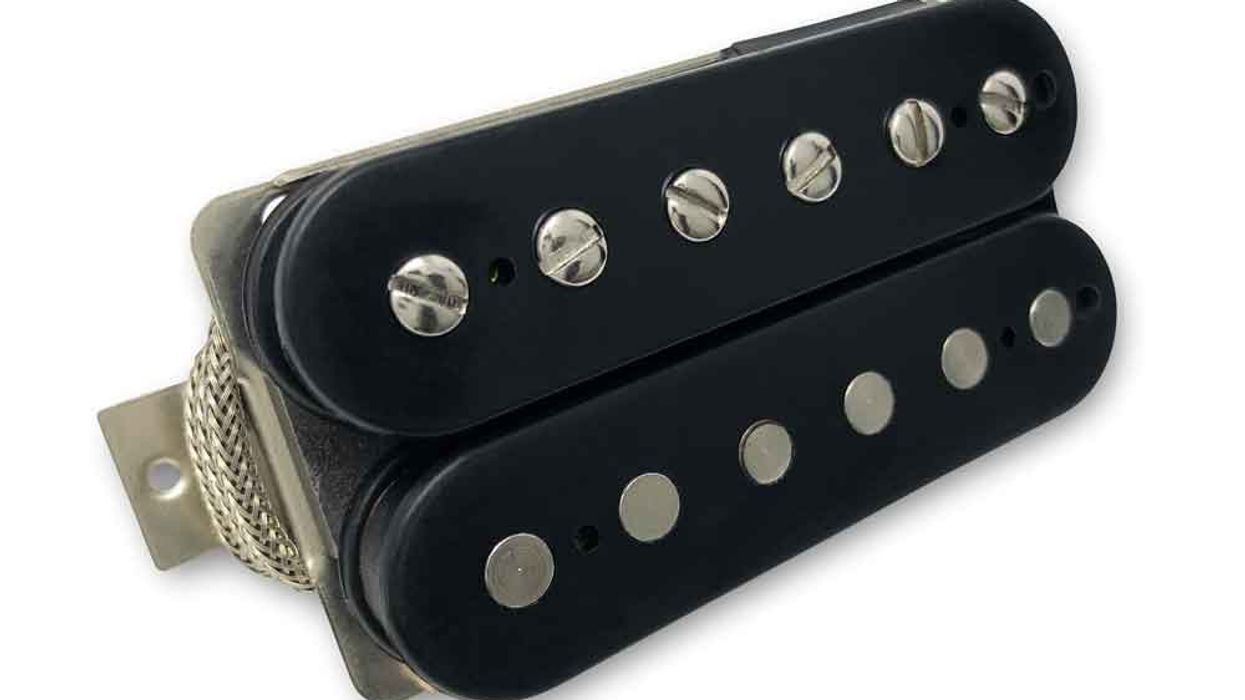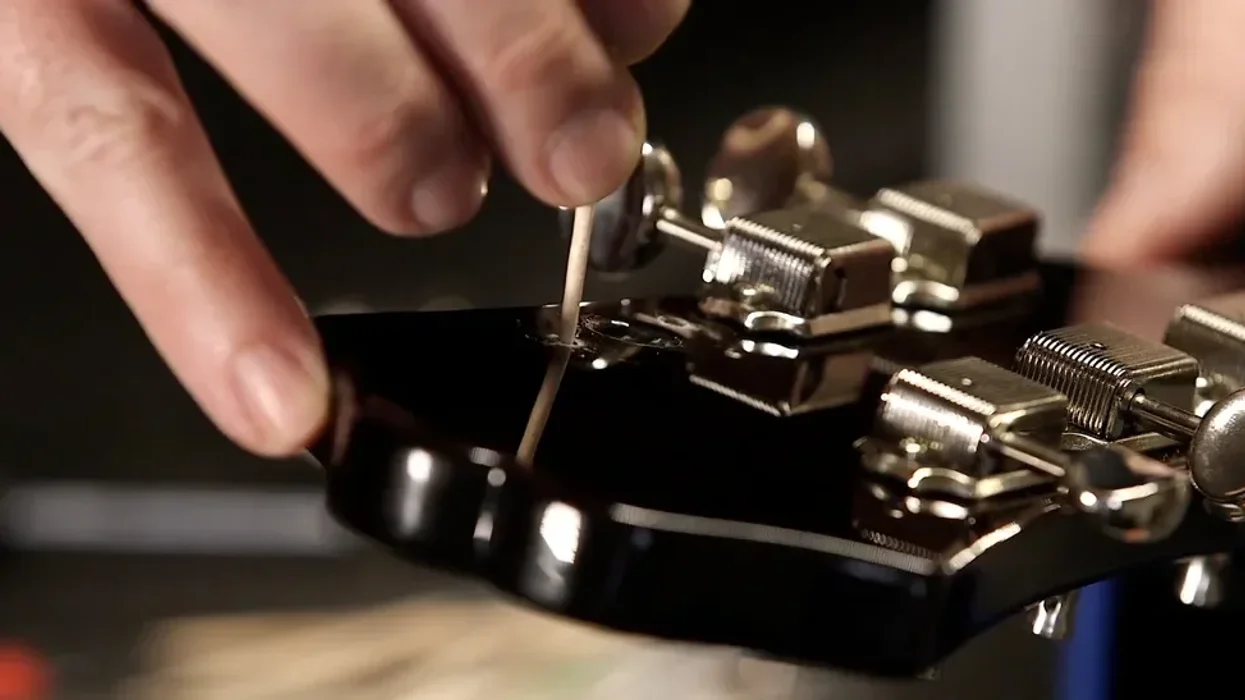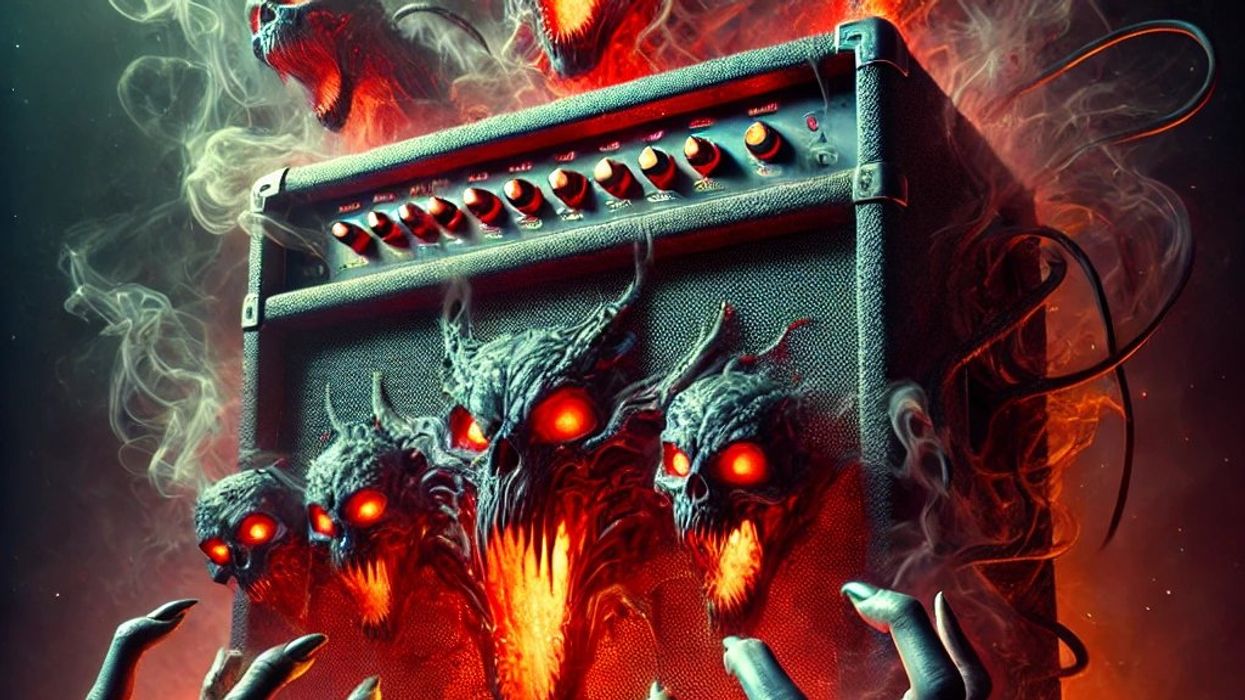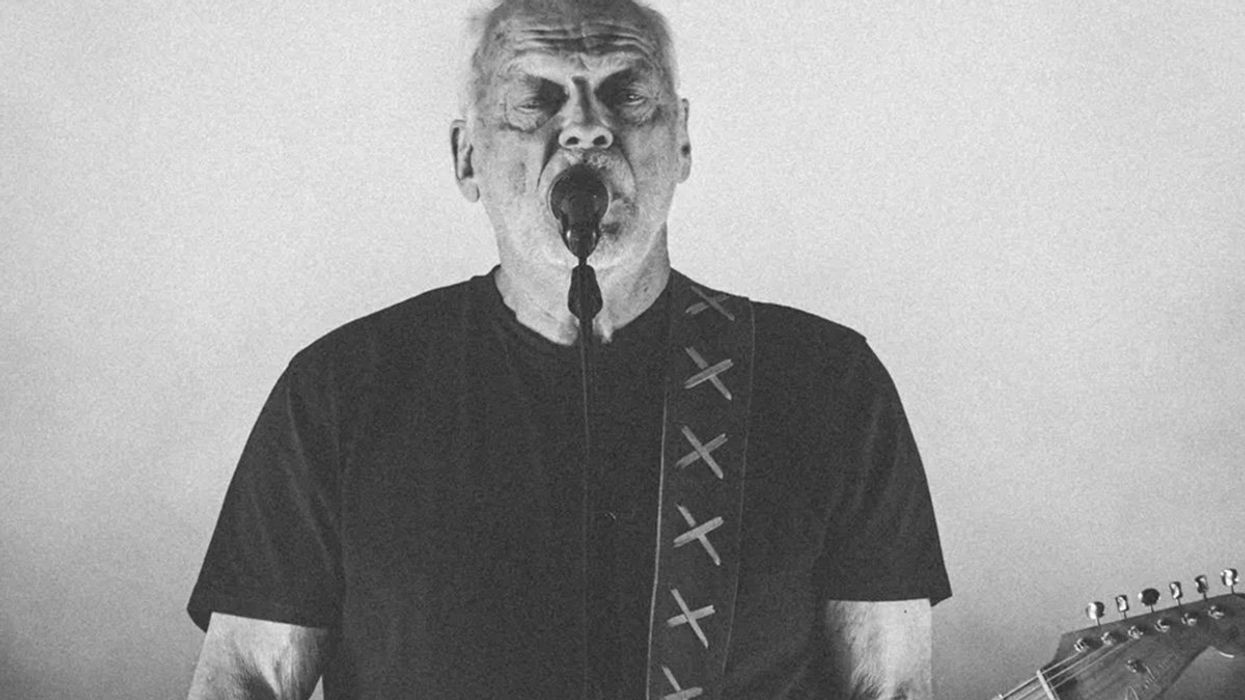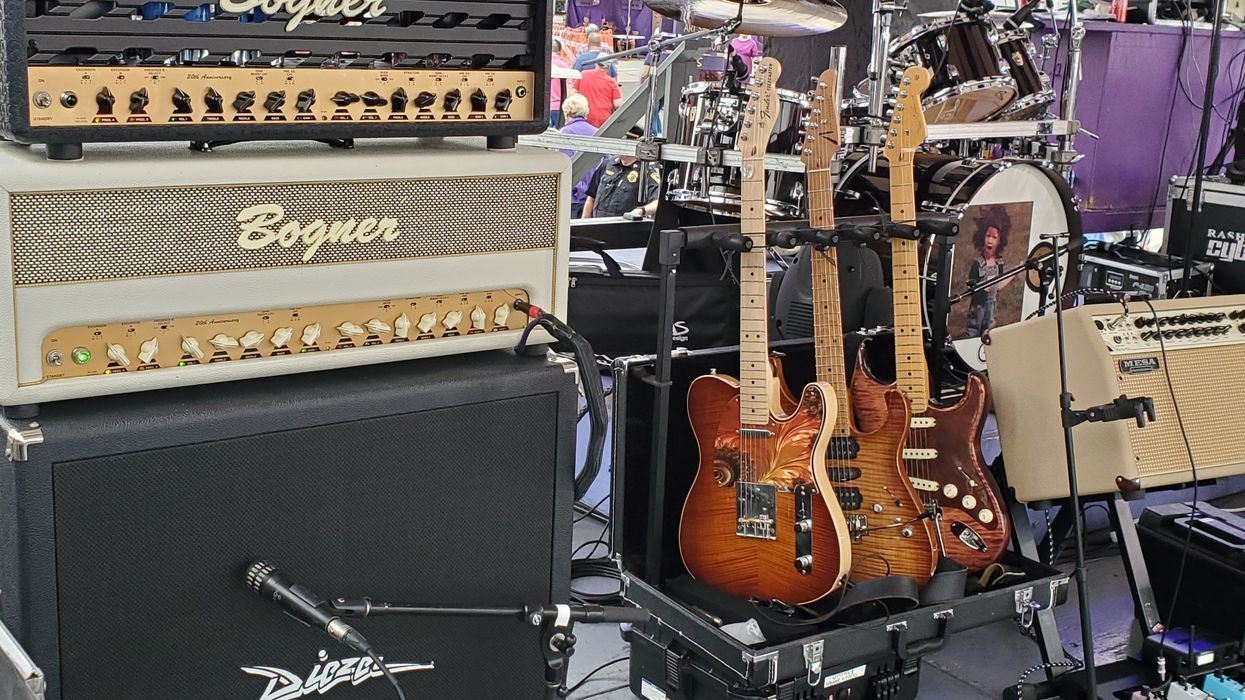Gibson recently unveiled a new version of its Les Paul Studio model called “The One.” It’s a lighter, more versatile take on the Studio, with a chambered body and coil-splitting, among other appointments. That guitar’s audacious name got me thinking. “The One” suggests an instrument with playability and tone above others—a holy grail guitar.
It also suggests a highly personal relationship between player and instrument, like those enjoyed by artists and 6-strings like Neil Young and Old Black, David Gilmour and his black Strat, B.B. King and Lucille, Alvin Lee and his “Big Red” ES-335, and Elvin Bishop and the ES-345 he calls “Red Dog.”
Really, the concept of “the one” is deeply subjective. One guitarist’s perfect “baseball bat” neck is another’s pain in the fretting hand. My “one” could be your “zero.” Tastes, technique, and intentions vary. But I suspect we all have our own version of “the one”—a special guitar we relate to above all others, that we feel elevates both our playing and our sound. And if we don’t, we’re probably on the hunt for it. Maybe your “one” was just perfect from the moment it dropped into your hands: easy to play, great-sounding, versatile, and handsome, too. Or maybe it took some modifications to get there. But either way, now you can’t live without it.
I’m lucky enough to have three guitars that I consider my “ones.” (Is that cheating?) The first was made in 2015 by a boutique company in Pennsylvania called Zuzu, and it has an extremely distinctive look, like a weathered old barn door. The odd green color is a shade of Behr house paint called fishpond, and the pickups—a neck humbucker made by Zuzu’s Chris Mills that has a bit of a cocked-wah sound thanks to a .0047 μF-rated capacitor, plus a Porter Overdrive in the bridge—have coil-splitting, which gives me Les Paul-like tones in positions 1, 3, and 5, and Strat tones in 2 and 4. The neck is a nice shallow C shape—my favorite flavor. It weighs about 7.5 pounds, and sounds and plays perfectly, for me. I named it the Green Monster, in honor of my years in Boston and my shameless Godzilla fandom, and I’ve used it on every album and show since it arrived.
“My ‘one’ could be your ‘zero.’ Tastes, technique, and intentions vary.”
Next up is the “Dollycaster,” named after my late, beloved dog, Dolly. It required some reimagining to reach exalted status, having started life as a humble made-in-Japan Esquire reissue that I got used for $180. It also came with Duane Eddy’s signature on its otherwise bland blonde finish, so I decided to use it to collect the autographs of guitarists who’ve influenced me, as I’ve traveled and crossed paths with them. First, I got rid of the awful-sounding factory pickup and had the late luthier Jim Mouradian install a pair of ’60s Gibson humbuckers he’d acquired. Then, I had Jim install jumbo frets on the front of its shallow C-shaped neck. The final bit of customizing was a sticker of Dolly on the pickguard. It’s a great sounding and playing guitar that not only gets compliments for its sparkle and punch, but has ignited plenty of conversations as it’s traveled with me across the U.S. and in Europe.
And the last of my “ones” is a 1968 Les Paul Standard, acquired just before the ascent of Slash elevated prices of the model. It looks a lot like the cherry sunburst ’68 Standard played by Dick Wagner, although the original tuners were replaced with more dependable Gotoh machines. Otherwise, it’s stock and it rocks, with gorgeous tone and feel. As you might guess by now, it also has a slender-ish C neck—which Gibson first employed in the late 1960s. There’s only one drawback to this delightful guitar: It weighs 12.5 pounds. I remember playing joints where four 75-minute sets were required, and putting it on my shoulder for the last set was painful. So, unlike the Green Monster and Dollycaster, it only travels to the studio these days.
I love these guitars the best because they look and feel great, and I play with more comfort and confidence when they’re in my hands. I’m guessing you have guitars that you love just as much—guitars that, as Adrian Belew said about his signature Parker Fly in our recent Rig Rundown, make you play better.
Now it’s time to share. Drop me a line and a photo about your “ones” and why you love ’em and play ’em. And don’t be surprised if they end up in a photo gallery at premierguitar.com. After all, in the universe of guitars, there’s a lot of great “ones” out there.
